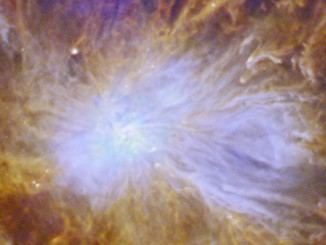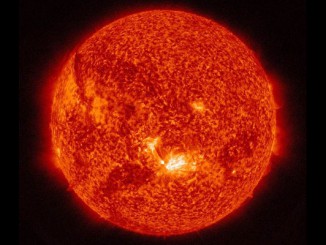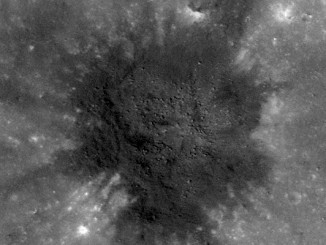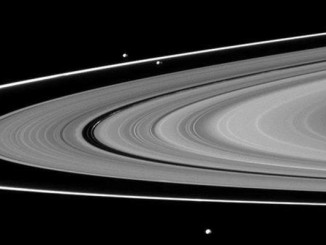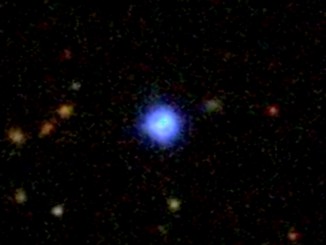
Dying white dwarf star suffers “irregular heartbeats”
Astronomers at the University of Warwick analysing data from NASA’s Kepler spacecraft have discovered a unexpected anomaly in the ‘pulse’ of aging white dwarf star PG1149+057. In addition to the expected regular rhythm of pulsations, the researchers observed arrhythmic, massive outbursts, which significantly heated up the star’s surface for many hours.





